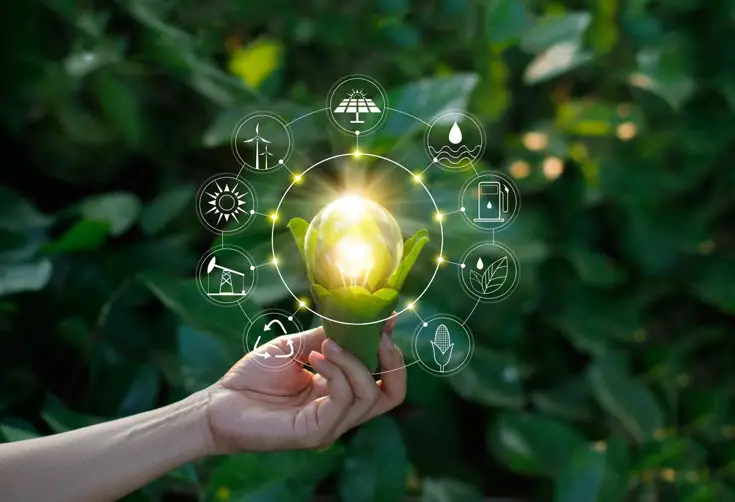Being green is now in vogue. That’s a good thing because our planet needs environmentally conscious inhabitants now more than ever.
Page Table of Contents
Going green
If you are unconvinced that going green is the right choice for you, here are some facts to change your mind:
- Summers and winters keep getting warmer – You’ve felt this firsthand regardless of where you live
- Our atmosphere has more carbon dioxide than it has ever had, and it’s still rising
- Floods, heavy rains, droughts, and wildfires have doubled since 2004
- Several islands are now underwater due to rising sea levels from Antarctica’s melting ice
Considering that energy consumption in the US doubles every 20 years, things may only get worse. Do your part to slow and reverse this crisis by choosing to go green today.
Currently, more than 70% of the US’s electricity comes from non-renewable sources. If you and everyone you know switch to renewable energy for your homes or businesses, you could directly contribute to reversing climate change.
Tips for a more energy-efficient lifestyle
Ready to go green? Let’s take a look at some of the changes you can make to save our planet.
Switch to cleaner energy
Where it’s practical, you can switch to renewable energy, like solar, wind, or geothermal for your electricity. Any of these switches will reduce your carbon footprint and contribute to reducing emissions.
Also, for heating your home or cooking, switch to natural gas. Because it generates minimal pollutants, natural gas is a cleaner and more efficient alternative to burning fossil fuels to stay warm. Natural gas can also be used to generate electricity.
Before switching to a natural gas provider, compare natural gas rates from various companies. Making such a comparison will get you the lowest gas prices, allowing you to save money and run a more eco-friendly home.
Switch to energy-efficient appliances
Simply switching your light bulbs to energy-efficient LED lights will make a great difference. You’ll lower your utility bills, as well as your carbon footprint.
You can take things further by replacing your high energy-consuming appliances, like heating and cooling systems, refrigerator, dryer, and others, with more energy-efficient ones – preferably ones with an Energy Star rating.
Use a smart or programmable thermostat
The right thermostat can make your home more energy-efficient by reducing the running time of your heater or AC. It’ll turn off your cooling system when you aren’t home and turn it down while you are asleep. If the AC isn’t continually running, you’ll save money and reduce your home’s emissions.
Improve Insulation
Improving your home’s insulation will make it more energy-efficient. Without proper insulation, the hot or cold air outside will get indoors, and your AC or heater will have to work harder to keep your home comfortable.
A cheap and effective way to insulate is to weatherstrip your doors and windows and install heavy curtains over them.
Plant native trees
Trees remove CO2 from the air and make our atmosphere cleaner. Global human activities have reduced the tree population, leading to an increase in greenhouse gases. Help rectify this by planting trees in your yard.
Recycle
Recycling your plastic, paper, and more will help reduce water and land pollution and reduce natural resource depletion to produce them, all of which are contributing to ruining the planet.
If you and everyone you know contribute by going green, there’s still hope for our planet’s future.

